India strongly supports high-tech investment
In mid-October, information from an exclusive interview by Maeil Business, a major influential newspaper in Korea, with Mr. Rajesh Kumar Singh - Director of the Indian Trade Promotion Agency, Deputy Minister of Commerce, Industry and Energy of India attracted public attention.
Accordingly, the Indian Government has just announced a large-scale support package to attract investment from companies in high-tech industries such as batteries and semiconductors. The Indian Government has also introduced support measures ranging from hundreds of millions to billions of dollars, including refunding 40% and 50% of construction costs respectively for investors building battery and semiconductor factories here.
“Our aim is to attract large-scale battery manufacturing plants with an annual production capacity of 20GWh or more. We plan to support 40% of the cost of building the plants and provide subsidies worth $300 million for battery manufacturing,” said Deputy Minister Kumar Singh.
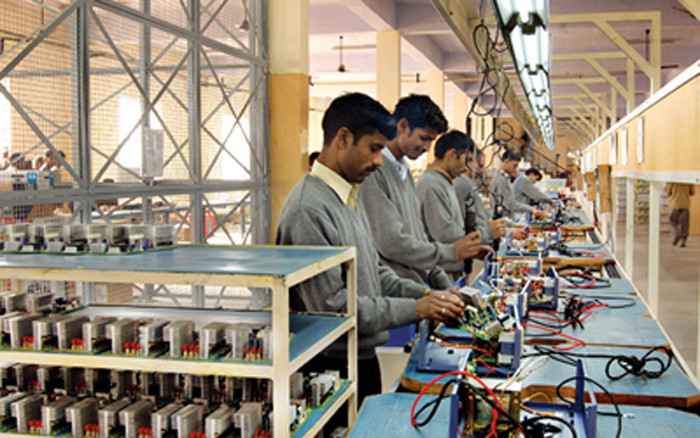
Semiconductors were also mentioned as an important area of cooperation. “If investors partner with an Indian company to set up a factory, they can get up to $10 billion in support. The Indian government is expected to support 50% of the cost of setting up the factory as a subsidy,” said Deputy Minister Kumar Singh.
As semiconductors become more prominent in the supply chain, large-scale support measures are being rolled out to attract manufacturing facilities. In addition to the central government, local governments have also planned to subsidize 20% of construction costs. A typical example is Micron, a US memory semiconductor company, which decided to invest $2.75 billion to build a semiconductor downstream processing plant in Gujarat, India, last June.
Catching the wave of investment shift
Since 2019, India has made waves with its large-scale and attractive foreign investment attraction policies. In March 2019, the production-linked incentive (PLI) program was announced, under which eligible companies will receive 4-6% of additional revenue from products manufactured in India in the form of subsidies. The total scale of the support package is about 7.33 billion USD. Global companies eligible for support include Samsung Electronics, Foxconn Hong Hai, Rising Star, Wistron, Pegatron, etc.
In the fight to anticipate the wave of shifting from China, India has also quickly launched strong support packages. In 2020, the country spent a huge amount of 20 billion USD to attract foreign companies to move production to India. In October 2022, Prime Minister Modi also approved the "Pradhan Mantri Gati Shakti" project with a budget of 1.2 trillion USD to invest in infrastructure to anticipate factories moving from China.
And those efforts have paid off. Apple recently decided to increase its smartphone production in India by more than five times. Previously, Apple had tripled its smartphone production in India in December 2022. Commenting on the event, market research firm Counterpoint said that India “has a huge market, coupled with government incentives and a large pool of cheap labor.”
Google announced plans to manufacture mobile phones in India on October 19. India's mobile phone exports are set to nearly double to $8.5 billion in 2023 from 2022, according to official figures.
Vietnam's efforts
Vietnam and India are currently racing to attract capital flows shifting from China. Both have advantages in stable business environments, abundant labor forces, improved infrastructure and advances in innovative design. The competition in attracting FDI is therefore becoming increasingly intense.
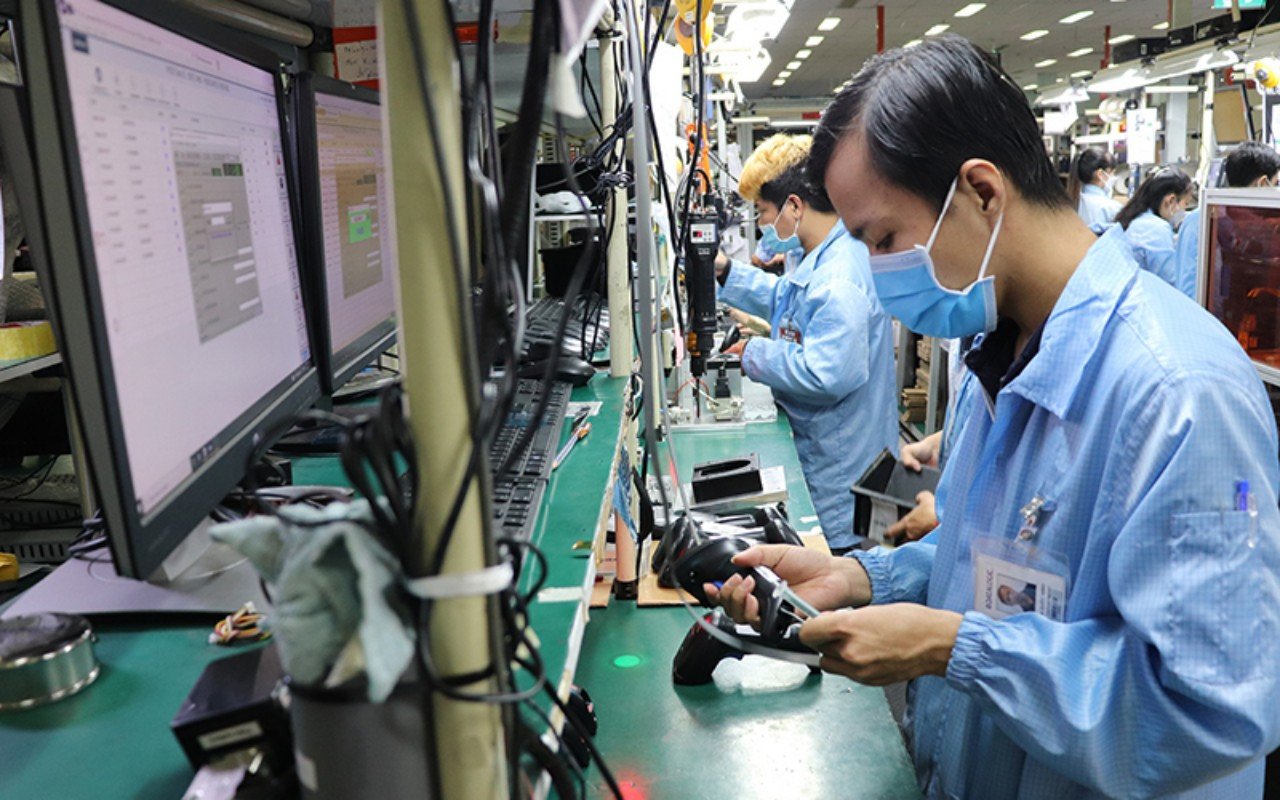
Although large Korean companies such as Samsung, LG, Hyundai, Kia... are operating their factories in India, the Government of this country is still constantly researching and introducing attractive policies to attract investment.
In Vietnam, at the end of August, the Government reported to the National Assembly and the National Assembly Standing Committee on investment support policies in the high-tech sector. Thereby, the Government said that the goal of building this policy is to ensure the competitiveness and attractiveness of the investment environment; at the same time, it is consistent with the orientation of the Party and State to prioritize attracting high-tech projects with spillover effects, connecting global production and supply chains. Timely support and incentive policies for high-tech investment at this time are expected to help Vietnam make the best use of the wave of production relocation from the world's major technology "eagles".
Quoc Tuan
Source




![[Photo] General Secretary To Lam meets and expresses gratitude to Vietnam's Belarusian friends](https://vphoto.vietnam.vn/thumb/1200x675/vietnam/resource/IMAGE/2025/5/11/c515ee2054c54a87aa8a7cb520f2fa6e)
![[Photo] General Secretary To Lam arrives in Minsk, begins state visit to Belarus](https://vphoto.vietnam.vn/thumb/1200x675/vietnam/resource/IMAGE/2025/5/11/76602f587468437f8b5b7104495f444d)

![[Photo] General Secretary To Lam concludes visit to Russia, departs for Belarus](https://vphoto.vietnam.vn/thumb/1200x675/vietnam/resource/IMAGE/2025/5/11/0acf1081a95e4b1d9886c67fdafd95ed)




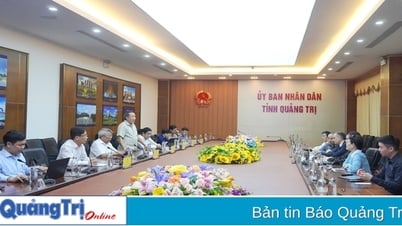

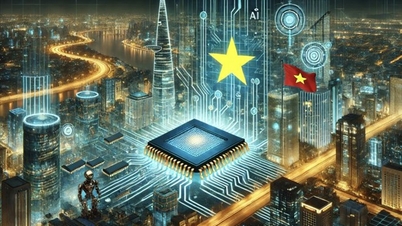



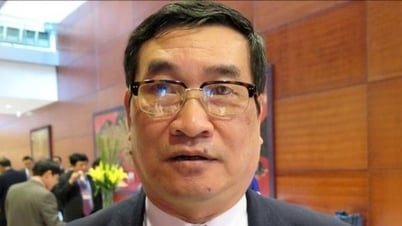

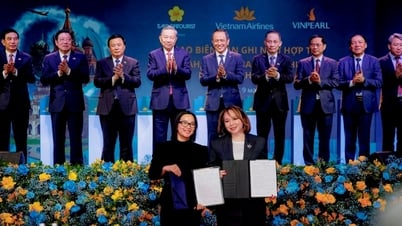



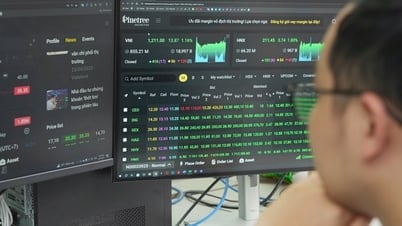










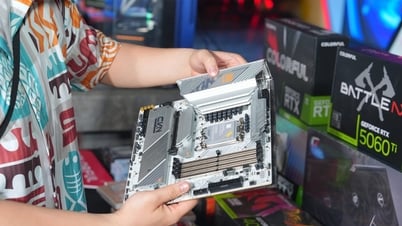
![[Photo] National Assembly Chairman Tran Thanh Man attends the Party Congress of the Committee for Culture and Social Affairs](https://vphoto.vietnam.vn/thumb/1200x675/vietnam/resource/IMAGE/2025/5/11/f5ed02beb9404bca998a08b34ef255a6)





























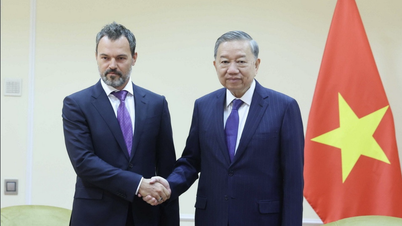
















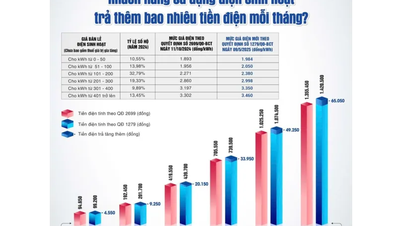

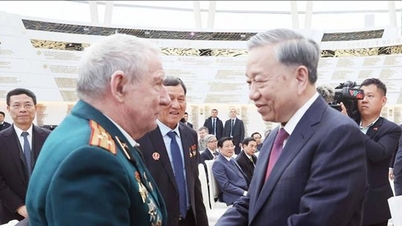


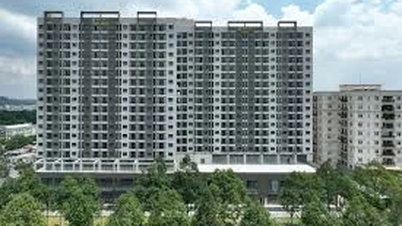










Comment (0)